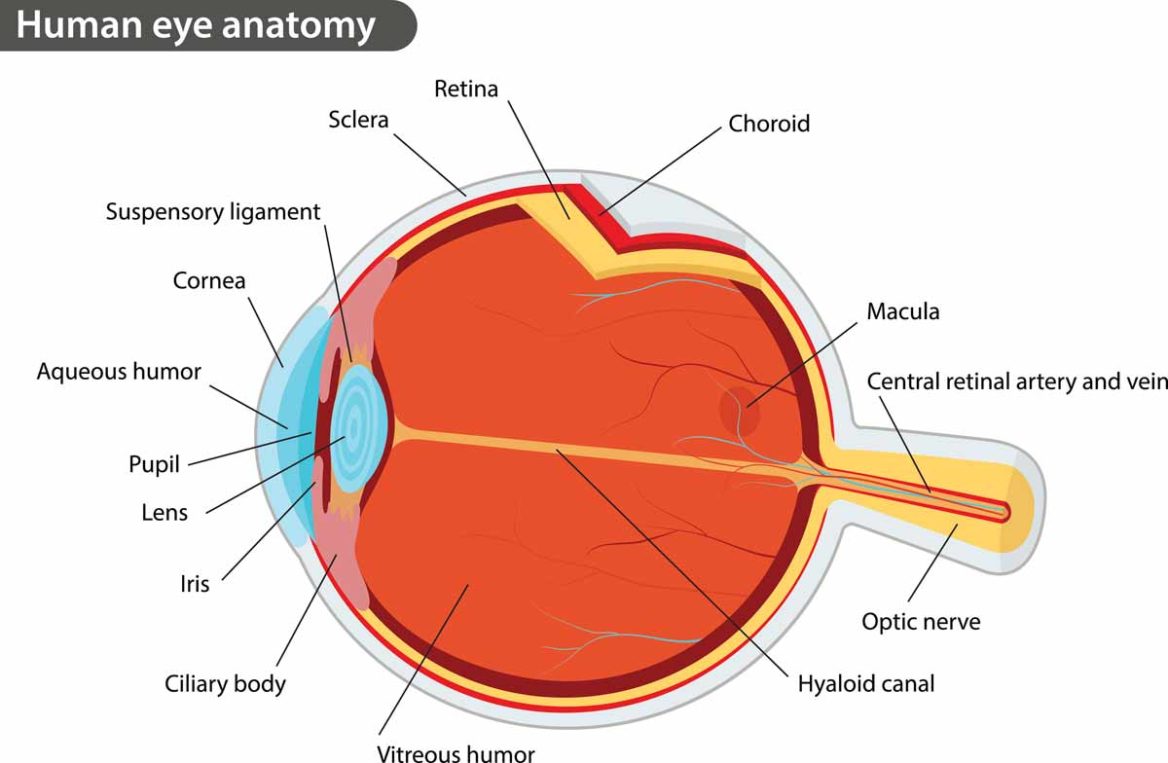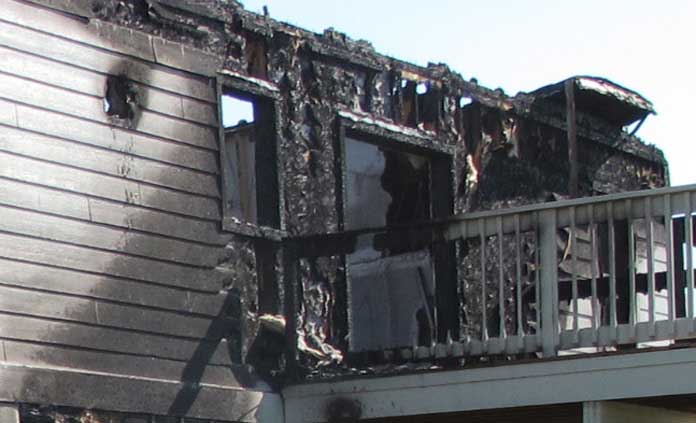Flying debris from explosions can cause serious eye injuries. Many explosions happen because a person or company acted negligently. Our lawyers understand this and have helped clients who have had eye injuries from explosions. Even if your eye injury happened from an explosion at work, there may be a legal course of action that you can take to get the money you need for a full recovery.

Eye Injuries from a Blast Wave
The initial blast wave (overpressure) of an explosion can cause the following eye injuries:
- Berlin’s edema: Characterized by decreased vision a few hours after the injury, this condition makes the retina appear opaque and white in color under examination
- Cataracts
- Conjunctival lacerations: A cut of the mucous membrane that covers the front of the eye and lines the inside of the lids
- Conjunctival hemorrhage: A broken blood vessel beneath the clear mucous membrane that covers the eye and lines the lid
- Hyphema: A pooling of blood in the front of the eye
- Orbital fracture
- Retinal tears or detachment
- Ruptured globes
- Serous retinopathy or central serous chorioretinopathy: fluid buildup beneath the retina
- Traumatic optic neuropathy: vision loss from injury to the optic nerve
- Vitreous hemorrhage: A leakage of blood into a clear gel that fills the space between the lens and the retina
How Pritzker Hageman Attorneys Helped a Client with an Eye Injury
It was like any other day when our client went to work. But that day, the left side of his head was crushed. In addition to suffering permanent brain damage, he lost his left eye. The family had hired a local attorney who had not handled complex cases like this one, and Pritzker Hageman was brought in to help. After a few months of intense negotiations, our legal team won a multi-million-dollar settlement for the family, securing their financial future and the funds needed to get the best care possible.
Penetrating Eye Injuries from Flying Debris
Secondary blast injuries are more common than primary injuries. Almost 10 percent of all explosion survivors have significant injuries. These injuries include:
- Cataracts
- Choroidal ruptures: A rupture of the vessels in the choroid (the pigmented vascular layer between the retina and the sclera)
- Corneal abrasions or tears: Scratches, cuts, or tears on the surface of the cornea, or clear part on the front of the eye that covers the iris and pupil
- Corneal foreign bodies: A foreign body lodged in the cornea
- Cyclodialysis clefts: A separation of the ciliary body from the scleral spur that creates a direct connection between the anterior chamber and the suprachoroidal space
- Hyphema: A pooling of blood in the front of the eye
- Iris and ciliary body contusions: Injuries to the iris or the tissue that connects to it
- Orbital fracture
- Retinal tears or detachment
- Ruptured globes
- Traumatic lens dislocation
- Traumatic optic neuropathy: Vision loss from injury to the optic nerve
- Uveal tract injury: An injury to the layer of tissue located between the outer layer (cornea and sclera) and the inner layer (the retina)

This photo is of the deck of one of our clients. This damage was caused by a propane gas explosion. You can contact our lawyers for a free consultation if you or a loved one was involved in an explosion.
Eye Injuries From Being Thrown by the Force of an Explosion
When someone is thrown in a blast, they can sustain retinal damage called Purtscher’s retinopathy, which causes a sudden loss of vision that is associated with head and chest trauma.
Other Injuries and Complications of Existing Conditions
- Chemical or thermal burns
- Endophthalmitis: Severe inflammation due to a bacterial infection
- Sympathetic ophthalmia: Inflammation of the uveal tract
Our law firm has information on other injuries: